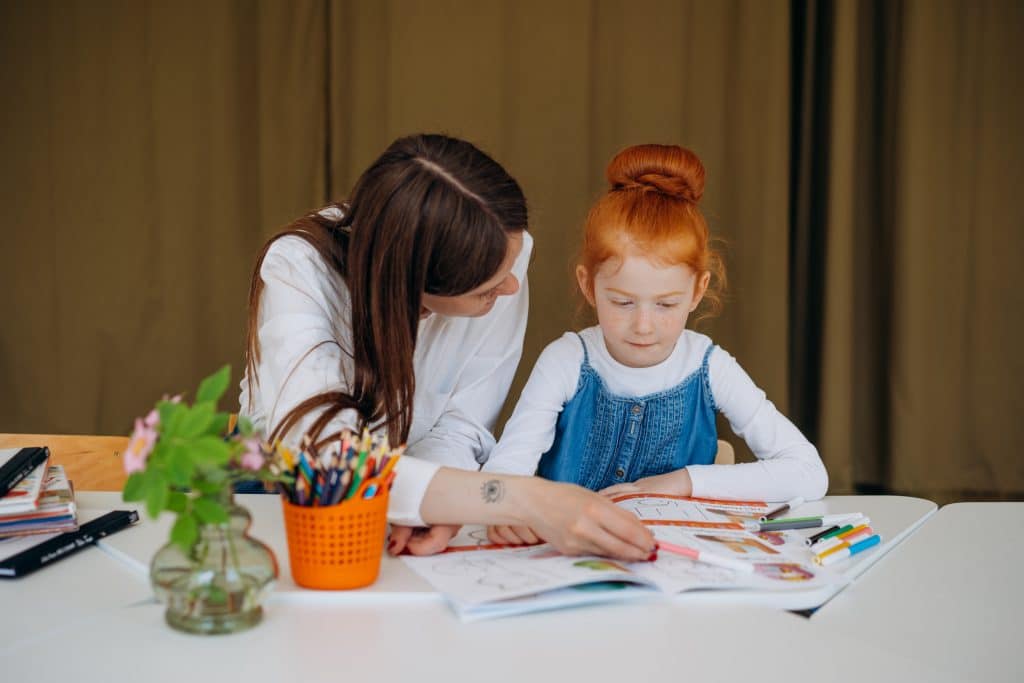Attention, teachers and parents! Get ready for some incredible news about classroom reward systems that can help every student feel excited about learning. Experts have discovered amazing ways to use rewards that work great for all kids, including those who think and learn differently. These groundbreaking ideas are creating classrooms where every child feels motivated and included. Get ready to explore the power of reward systems and watch your students thrive like never before!
Table of Contents
Why Reward Systems Matter
Firstly, let’s discuss the importance of reward systems in the classroom. For neurodivergent kids, traditional teaching methods may not always be effective. However, reward systems can provide the motivation and structure they need to succeed. These systems:
- Reinforce positive behavior: Encouraging desired actions and reducing negative ones.
- Boost self-esteem: Helping kids feel proud of their achievements.
- Enhance engagement: Making learning more enjoyable and interactive.
- Foster a sense of belonging: Allowing kids to feel included and valued.
Moreover, reward systems can be especially helpful when used with tools like Goally, which offers a learning tablet and apps designed for kids with thinking and learning differences. By combining the power of reward systems and Goally, you can create an even more supportive learning environment for your child.

"The Goally has changed how routines work in our house and gives my son incentives to actually complete them. It has also lessened tantrums because set routines really help him." — Missy Learn more →
Types of Reward Systems
Now that we understand the benefits let’s explore the different types of reward systems available. Remember, the key is to choose a system that aligns with your child’s needs and interests.
| Token Economy | Praise and Recognition | Visual Progress Charts | Group Rewards |
|---|---|---|---|
| Kids earn tokens (e.g., stickers, points) for displaying positive behavior, which can be exchanged for rewards. | A simple “well done” or a high-five can boost confidence and motivation. | Charts help kids track their progress toward a goal, providing a sense of accomplishment. | Encourages teamwork and collaboration, benefiting the entire class when they collectively achieve a goal. |
To ensure success, consider your child’s unique needs and preferences when selecting a reward system. For example, some kids may respond better to tangible rewards, while others may prefer verbal praise or recognition.
Implementing Reward Systems Effectively
To ensure success, follow these guidelines when implementing reward systems in the classroom:
- Set clear expectations: Clearly define the desired behaviors and goals so kids understand what they need to do to earn rewards.
- Be consistent: Apply the system consistently to avoid confusion and maintain its effectiveness.
- Offer meaningful rewards: Choose rewards that are relevant and appealing to your child. This could be anything from extra screen time to a special outing.
- Monitor progress: Regularly review the system’s effectiveness and make adjustments as needed.

Read more: Setting Up a Reward System for Kids
Furthermore, when using Goally’s learning tablet and apps, you can easily integrate reward systems into your child’s daily routine. This seamless integration can help reinforce positive behaviors and boost motivation even more.
Examples of Reward Systems for Neurodivergent Kids
Now, let’s dive into some examples of reward systems specifically designed for neurodivergent kids:
- Visual Schedules: These schedules use images to represent daily tasks and activities. As kids complete each task, they can add a sticker or checkmark, providing a sense of accomplishment.
- Social Stories: Create stories that illustrate positive behaviors and their outcomes. Read these stories with your child to reinforce the desired actions.
- Sensory Breaks: Offer short breaks for sensory activities (e.g., deep pressure, swinging) as a reward for completing tasks or displaying positive behavior.
- Personalized Reward Menus: Allow kids to choose their rewards from a menu of options tailored to their interests and preferences.
Read More: Social Stories for Kids
Goally | Skills Training Videos for Kids
Does your child need some extra guidance on building essential life skills? Goally’s TV app for kids has the most robust video library of skills training videos for kids. Ranging from content like “How to Brush Your Teeth” to “How to Make Friends at School,” we have dozens of interactive video lessons for kids with thinking and learning differences.
Dive into the Goal Mine channel, where Puffy the Penguin leads your child through behavior skills training videos. They’ll learn social, hygiene, and living skills that are key to their independence. For those moments when they need a break, the Chill Zone channel offers low stimulation video content with Paulie the Penguin at the beach, perfect for relaxation and self-regulation.
In short, reward systems in the classroom can significantly enhance the learning experience for neurodivergent kids. By understanding the benefits, choosing the right system, and implementing it effectively, you can create an inclusive and engaging environment that fosters success for all. So, give reward systems a try and watch your child’s confidence and motivation soar, especially when combined with the support of Goally’s learning tools.
This post was originally published on 06/08/2023. It was updated on 05/08/2024.
Emily is a seasoned blog writer for Goally, leveraging her extensive background in child psychology and special education to provide valuable insights and resources for parents. Her commitment to understanding and addressing the unique needs of these children, combined with her expertise in educational strategies, makes her a credible and empathetic voice for families.







